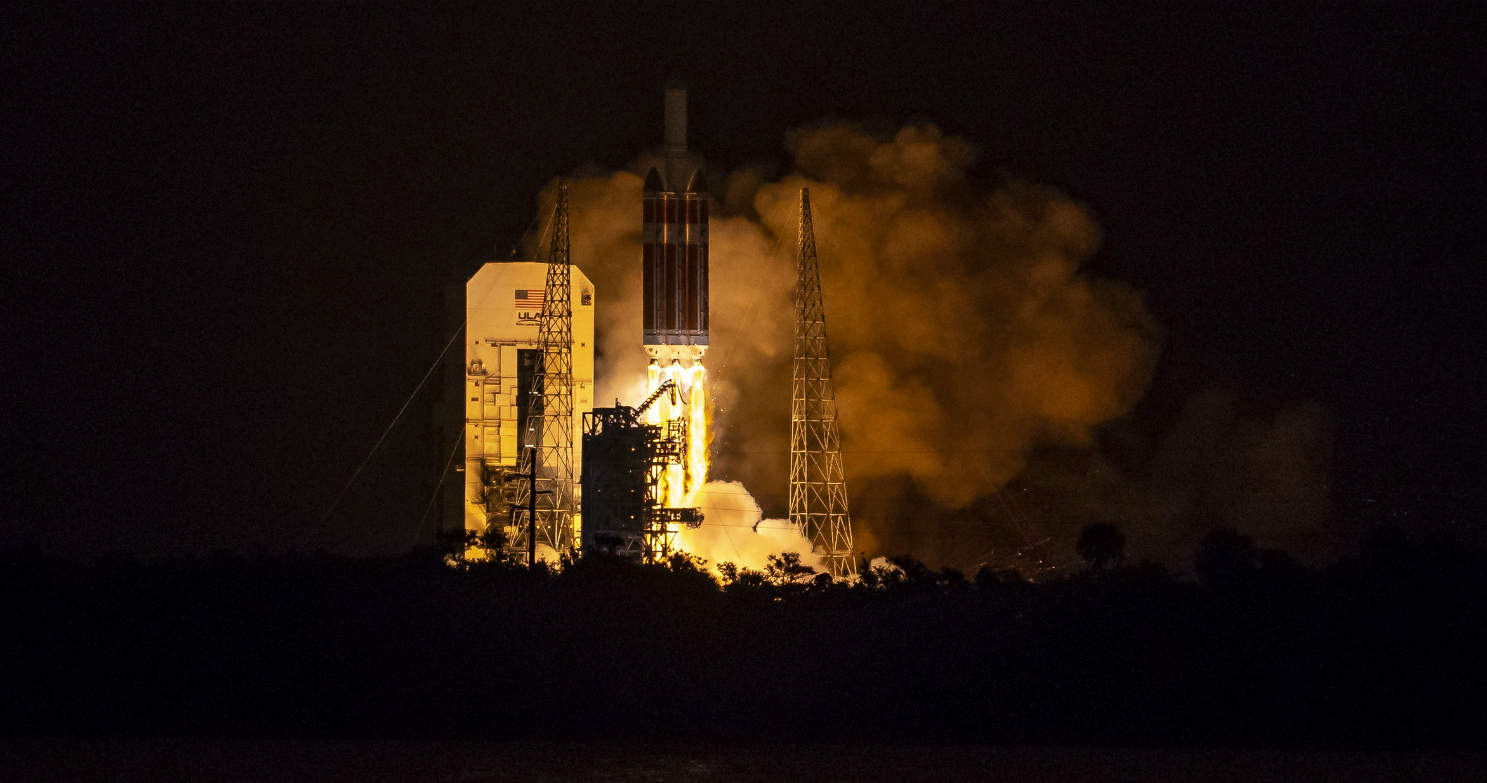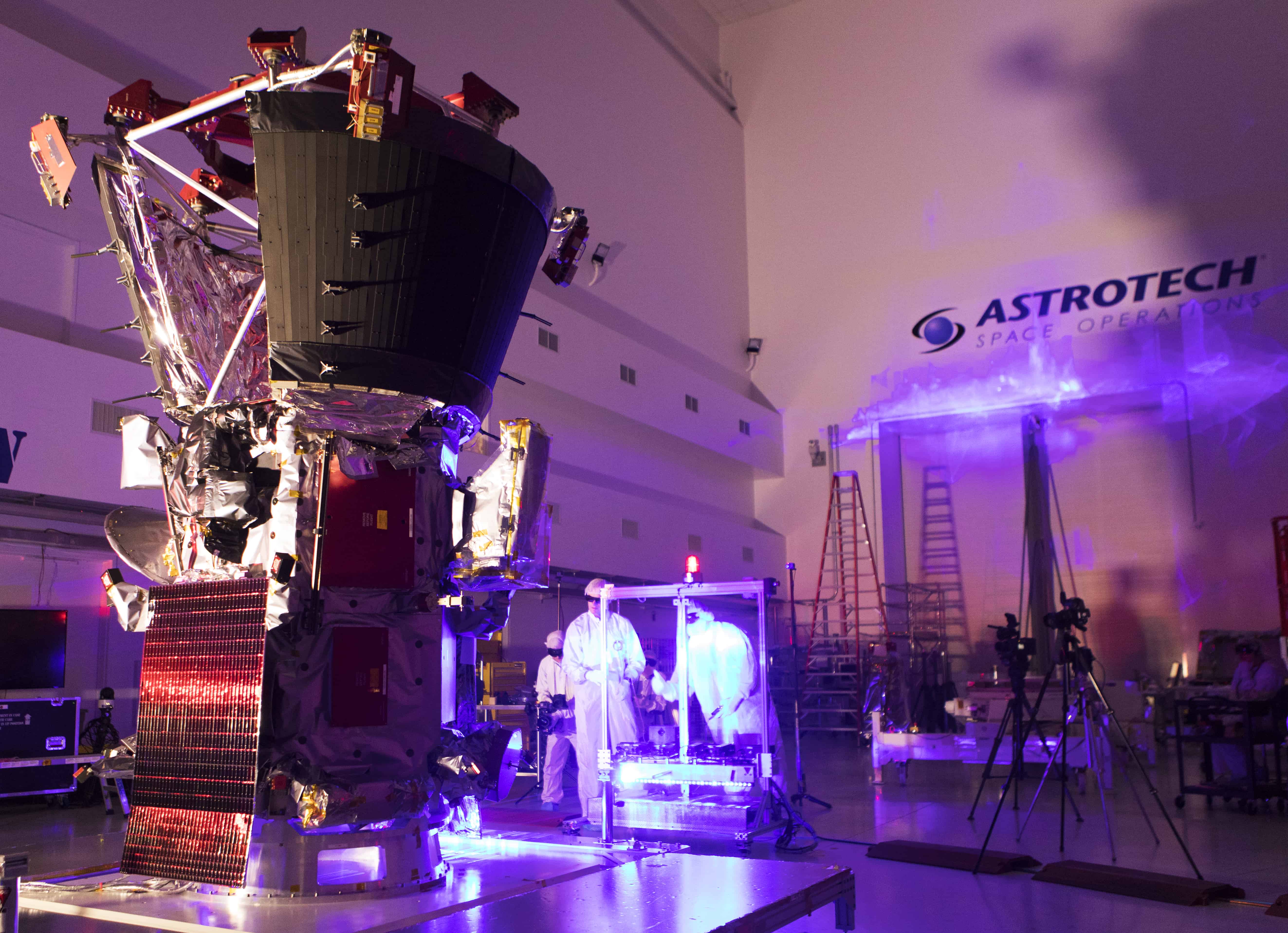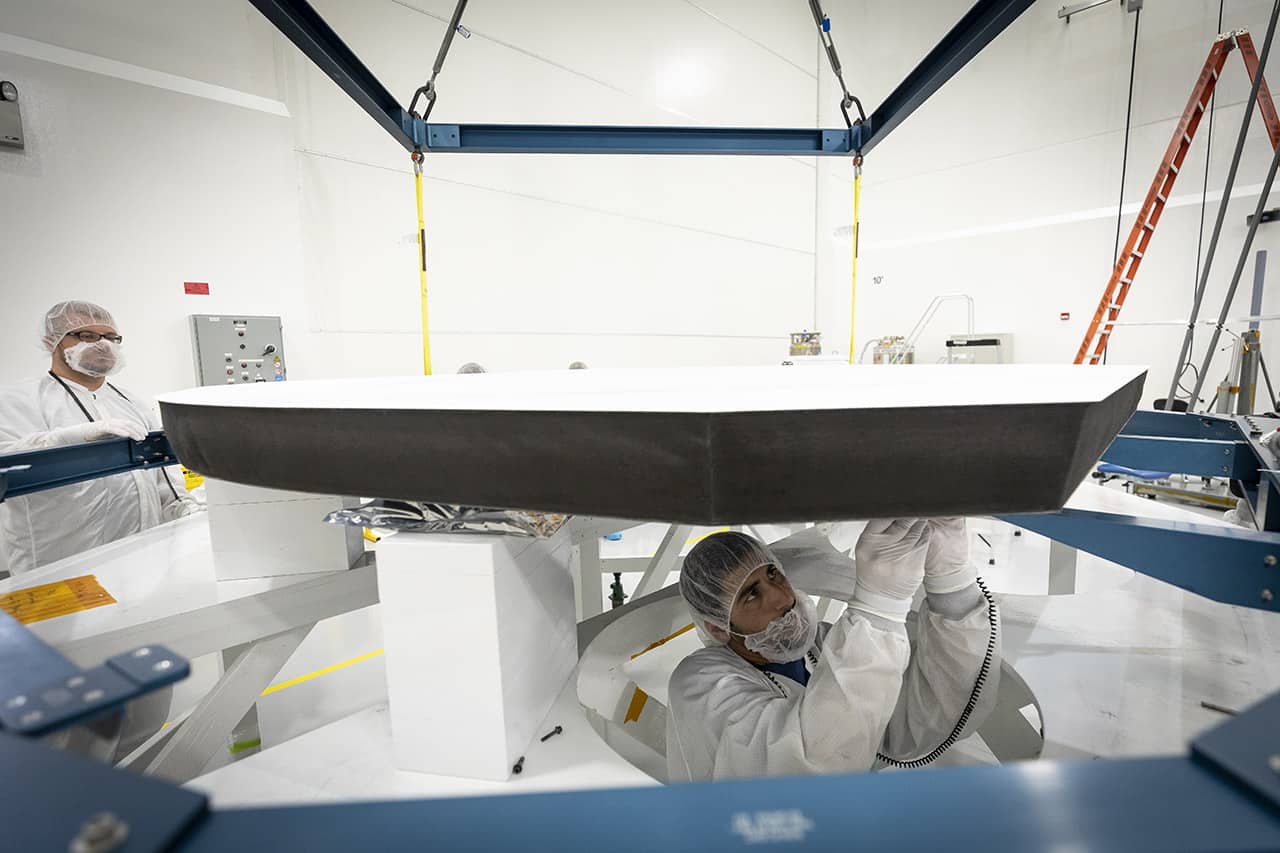
Powered by a United Launch Alliance Delta IV Heavy rocket, the launch took place just after 5.30am local time on Sunday morning. Over the next two months, the spacecraft will make its way towards Venus, where it will use the planet’s gravity to enter into a tight orbit around the Sun. Its first solar flyby in early November will see it pass within 15 million miles of the Sun’s surface. This will place the probe in the Sun’s corona where temperatures exceed 1 million K, 300 times hotter than the surface temperature.
Named after 91-year-old physicist Eugene Parker, the probe will study the nature of solar wind, which Parker first hypothesised in 1958. It is the first NASA mission to be named after a living person. Over the course of its seven-year journey, the spacecraft will pass the Sun a total of 24 times, providing a wealth of data on space weather, solar particles and how the Sun interacts with the Earth. Its final orbit will see it pass within 3.8 million miles of the surface, travelling at around 430,000 mph. This will make it the fastest moving object ever built by humanity.

“Exploring the Sun’s corona with a spacecraft has been one of the hardest challenges for space exploration,” said Nicola Fox, project scientist at the Johns Hopkins University Applied Physics Laboratory (APL), where the probe was designed and built. “We’re finally going to be able to answer questions about the corona and solar wind raised by Gene Parker in 1958 – using a spacecraft that bears his name – and I can’t wait to find out what discoveries we make. The science will be remarkable.”
Onboard the Parker Solar Probe is a suite of instruments designed to study magnetic fields, plasma and energetic particles, as well as capture images of the solar wind. These instruments will be protected from the extreme temperatures by a heat shield made from a carbon composite foam sandwiched between two carbon plates. Measuring around the 2.4m in diameter and 115mm thick, the Thermal Protection System (TPS) is finished with a white ceramic paint to reflect as much heat as possible.
Though temperatures in the corona can reach millions of degrees, the actual heat that the TPS will be subjected to is significantly less, as the density of particles in the corona is low. It is anticipated that the surface of the shield will be heated to around 1,400°C, with the instrumentation in the spacecraft body kept at a balmy 30°C. Sensors in the shadow of the TPS allow the probe to adjust its position autonomously if they detect sunlight, keeping the payload out of the Sun’s rays.

“Today’s launch was the culmination of six decades of scientific study and millions of hours of effort,” said project manager Andy Driesman, from the APL. “Now, Parker Solar Probe is operating normally and on its way to begin a seven-year mission of extreme science.”
https://www.theengineer.co.uk/issues/11-june-2012/solar-orbiter-mission/




Glasgow trial explores AR cues for autonomous road safety
They've ploughed into a few vulnerable road users in the past. Making that less likely will make it spectacularly easy to stop the traffic for...